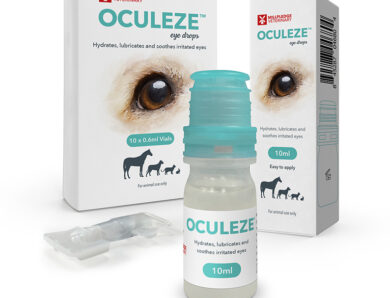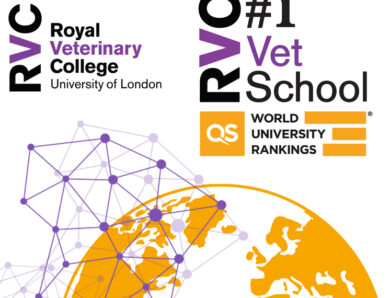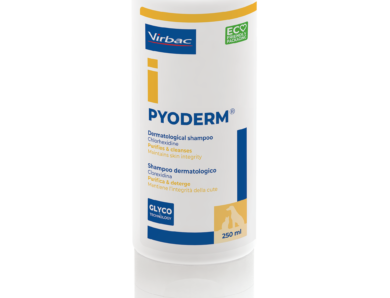
‘No new evidence of transmission from a dog, cat, or ferret to a new human’
WSAVA webinar speakers urge kindness to companion animals testing positive for SARS-CoV-2 and stress importance of prioritisation in preventive healthcare during the pandemic
During a WSAVA webinar on September 15 2020, speakers urged veterinarians to encourage owners to treat companion animals testing positive for SARS-Cov-2 with kindness and not to relinquish them.
During his update on companion animal SARS-CoV-2, Dr Michael Lappin, Chair of the WSAVA’s One Health Committee, confirmed that the virus is a reverse zoonoses with infected humans passing it to companion animals in the very few cases that have been reported worldwide. Infected animals have displayed only mild symptoms and there is no evidence of transmission from a companion animal to a new human.
Dr Lappin confirmed that while the World Health Organisation (WHO) has reported more than 28,000,000 confirmed cases in humans, including more than 900,000 deaths*, the number of cases in companion animals tracked by the World Organisation for Animal Health (OIE) remains tiny. He also reported that outbreaks on mink farms in the Netherlands and USA earlier this year were likely to have been caused by human transmission. While more dogs, cats and ferrets would undoubtedly test positive over time, he reminded veterinarians to remember the context and that numbers overall remain very small.

In terms of how COVID-19 actually affects companion animals, he said that experimental studies at Colorado State University had shown that cats showed no signs, shed the virus for a short period only, could transmit the disease to other cats and demonstrated a robust antibody response. Dogs showed no signs, did not shed live virus and also demonstrated a robust antibody response. He added that further data was being collected to explore whether the clinical illness in naturally infected dogs or cats is common or important and that it is as yet unclear whether these animals require specific treatment.
Moving onto preventive health, Dr Richard Squires, Chair of the WSAVA’s Vaccination Guidelines Group, reminded veterinarians that while risk-benefit analyses are always relevant to vaccination consultations, they have never been more pertinent than during the pandemic.
He suggested that the priority should be the protection of puppies and kittens using core vaccines with the last or only dose given no earlier than 16 weeks because of persistent maternal antibody interference in some individuals. He also urged veterinarians to remind owners of the importance of the critical socialization period for puppies of 4-16 weeks of age as this can affect their behavior for the rest of their lives. Resources to help owners socialize puppies even during lockdown are available from associations such as RSPCA Australia.
Dr Squires said that the second priority should be protection against potentially life-threatening diseases prevalent locally using non-core vaccines. The annual revaccination of adult dogs and cats with MLV core vaccines was a much lower priority. He reminded veterinarians that there is no reason to believe that existing coronavirus vaccines will protect pets against SARS-CoV-2. Further advice to veterinarians on vaccination during the pandemic, prepared by the late Professor Michael Day, is available on the WSAVA’s COVID 19 Resource Hub here: https://bit.ly/2FAoXkk
Dr Peter Karczmar MD, Member of the WSAVA One Health Committee, outlined the latest medical thinking and treatment approaches for COVID-19 in humans and recommended preventive measures veterinary clinics should take to protect their staff, clients and facility, including the recommendation that all staff wear masks as face shields alone do not provide sufficient protection. He also suggested drop off services for clients, daily temperature monitoring of staff and the adoption of staggered shifts.
Commenting on the webinar, Dr Lappin said: “The other panelists and I hope that the content of the webinar can be used to improve the welfare and health of companion animals. We all look forward to working together to provide additional updates to the WSAVA membership as new information comes available.”
The webinar was kindly supported by WSAVA Diamond Partner MSD Animal Health, which supports the WSAVA’s One Health Committee and is a committed partner of the WSAVA’s Vaccination Guidelines Group.
The webinar can now be viewed at: https://bit.ly/3688hMf





No Comment